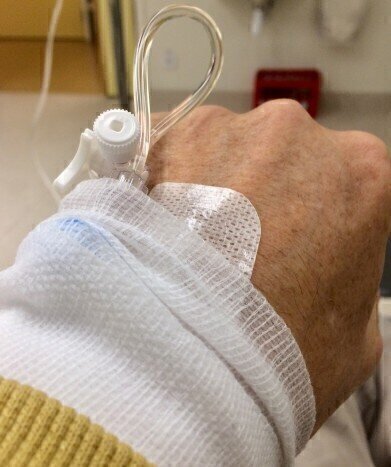Microscopy & Microtechniques
How Are Cancer Treatments Personalised?
Nov 23 2021
It used to be that anyone diagnosed with cancer – whether the tumour was found in their lungs, their breast or another body part – was prescribed the same type of treatment. However, over the years, we have learned that not only do different types of cancers behave in different ways from one another, but that there are actually huge variations between types of the same cancer.
What’s more, tumours are now known to act differently depending upon the environment they find themselves in. Pre-existing conditions in the host patient, such as asthma, obesity or immunodeficiency, can affect the rate at which the cancer grows, whether it spreads through the body easily and indeed how it can be overcome. For that reason, cancer modelling can help personalise treatment plans by incorporating physiological information about the individual in question into the prognosis.
Constantly changing
Recent research has revealed what scientists have suspected for some time: that tumour development has evolutionary aspects to it, meaning cancerous cells behave unpredictably depending on their environment. This makes it extremely difficult for doctors to prescribe a course of action with confidence, since what may work for one set of tumour subclones might be entirely ineffective against another.
As such, it’s necessary for scientists to gain a more person-specific understanding of how a cancer is behaving in the patient’s body. This type of tumour modelling has traditionally been achieved by extracting cancerous tissue from the patient and inserting it into immunodeficient mice in the laboratory. While that does shed some light on the activity of the cancer, it does not account for subsequent evolutions of the tumour in the patient and as such, any insight gleaned from it may be obsolete by the time a prognosis is made.
Cancer on a chip
One exciting new development which could transform the way in which cancers are treated is cancer on a chip. This highly sophisticated technique involves replicating a microenvironment that resembles the human body (or, more correctly, a targeted organ of it) on a microchip. The cancerous tissue is then implanted into the chip and can be observed in real-time as it develops and evolves, thus potentially providing insights that are more closely aligned to what is happening in the host patient’s body.
While the technology is still in its infancy, there are high hopes that it can provide more accurate results and deliver a more personalised treatment for the patient. What’s more, it has the potential to be far less expensive than using animals and humans in clinical trials in the long run, while it also sidesteps the thorny issue of animal cruelty which many protestors object to. As such, it’s a promising avenue of research which is sure to receive significantly more attention in the coming months and years.
Digital Edition
ILM 49.5 July
July 2024
Chromatography Articles - Understanding PFAS: Analysis and Implications Mass Spectrometry & Spectroscopy Articles - MS detection of Alzheimer’s blood-based biomarkers LIMS - Essent...
View all digital editions
Events
Jul 28 2024 San Diego, CA USA
Jul 30 2024 Jakarta, Indonesia
Jul 31 2024 Chengdu, China
ACS National Meeting - Fall 2024
Aug 18 2024 Denver, CO, USA
Aug 25 2024 Copenhagen, Denmark




24_06.jpg)













